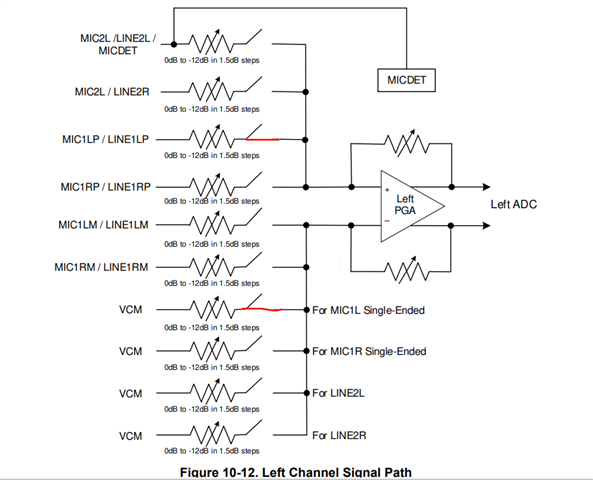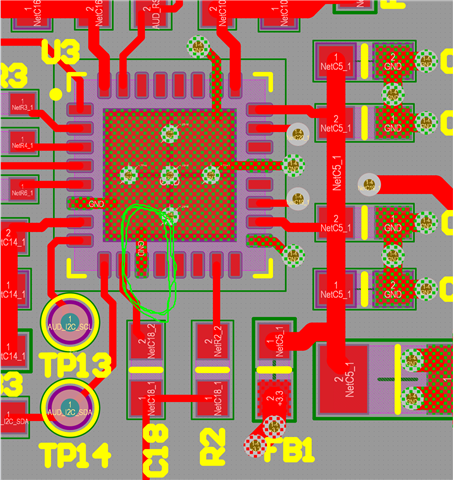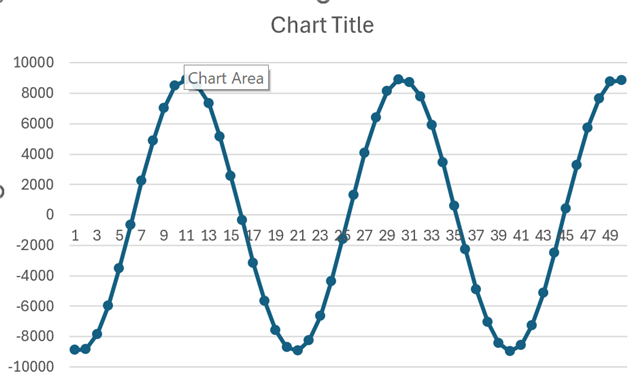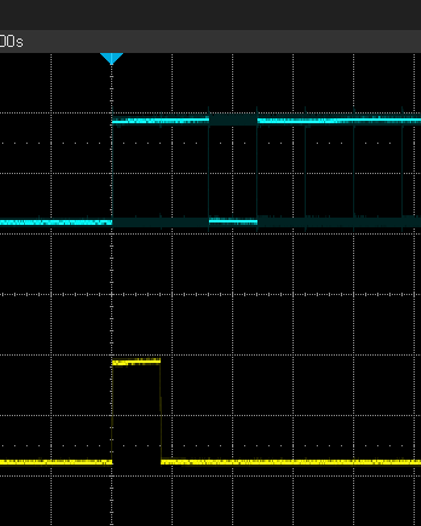Tool/software:
I am using the CODEC in single ended mode. I set all the controls to 0dB and input a 2Vp-p sine wave on MIC1LP/LINE1LP. If I look at the ADC output data, the signal never goes above 6000 or below -6000. The waveform is distorted. I have the MIC1LM connected directly to ground. Does it need to be capacitively coupled to ground instead? The datasheet has no singled ended example schematics. This would be helpful.
Thanks,
Dave Gustavson





